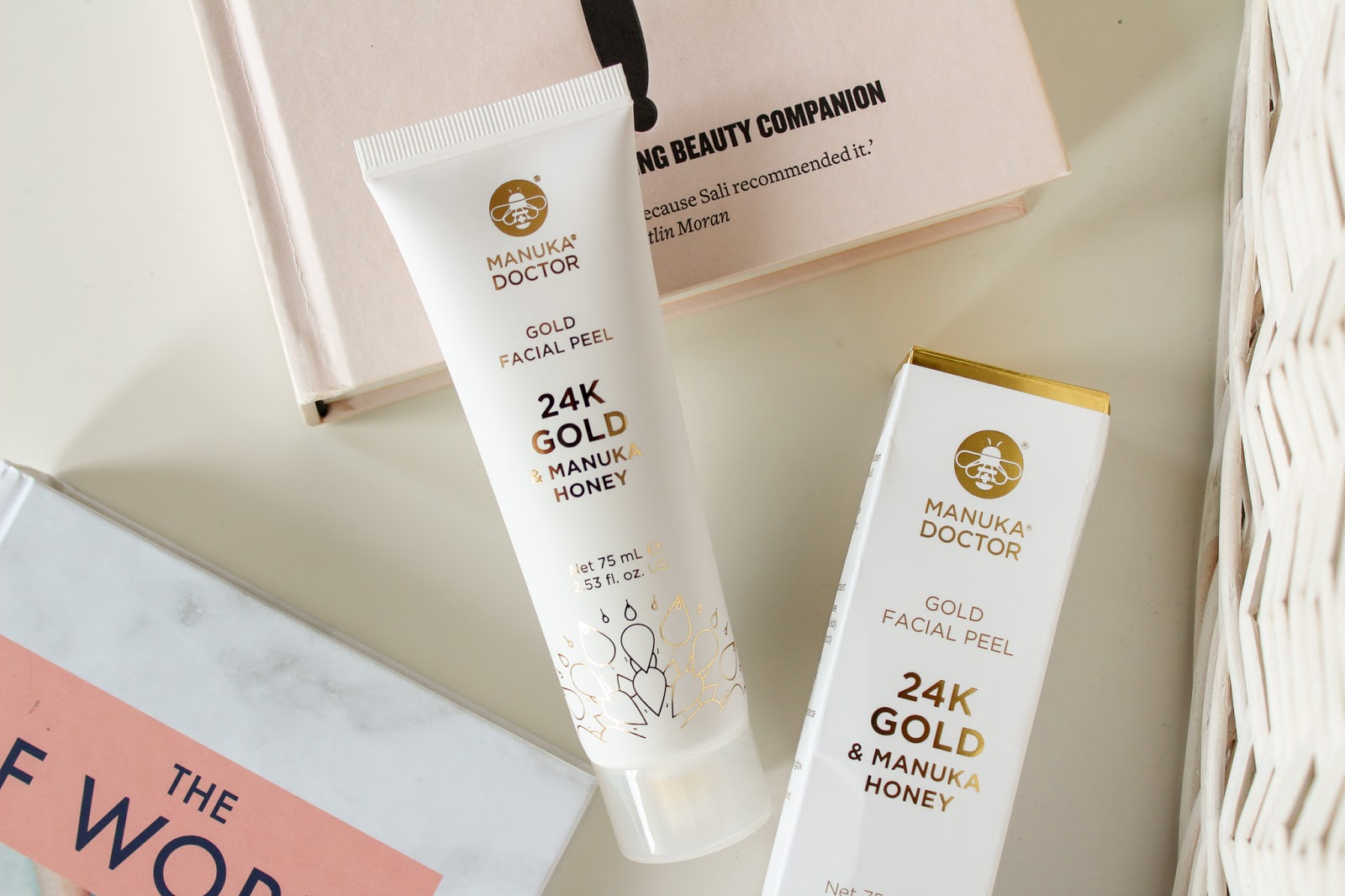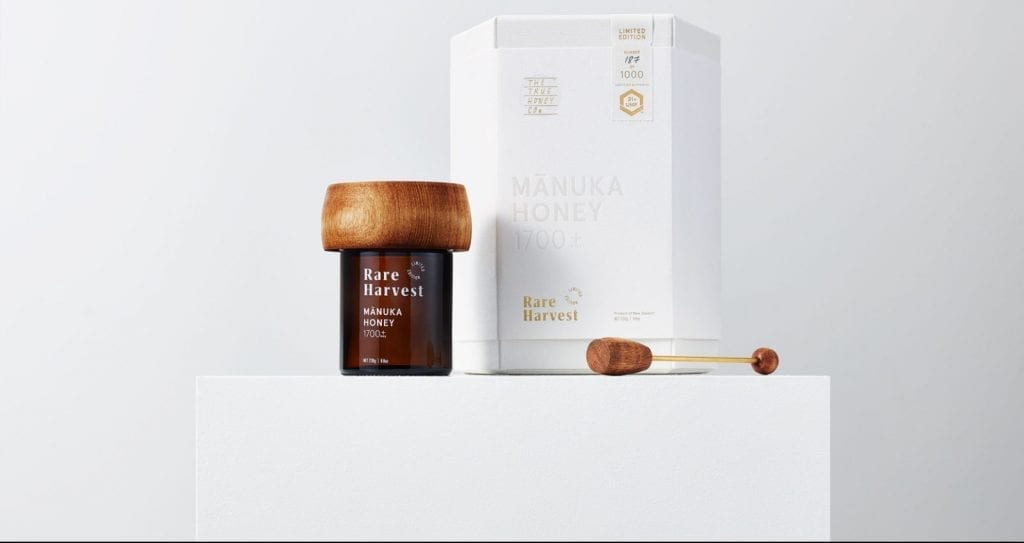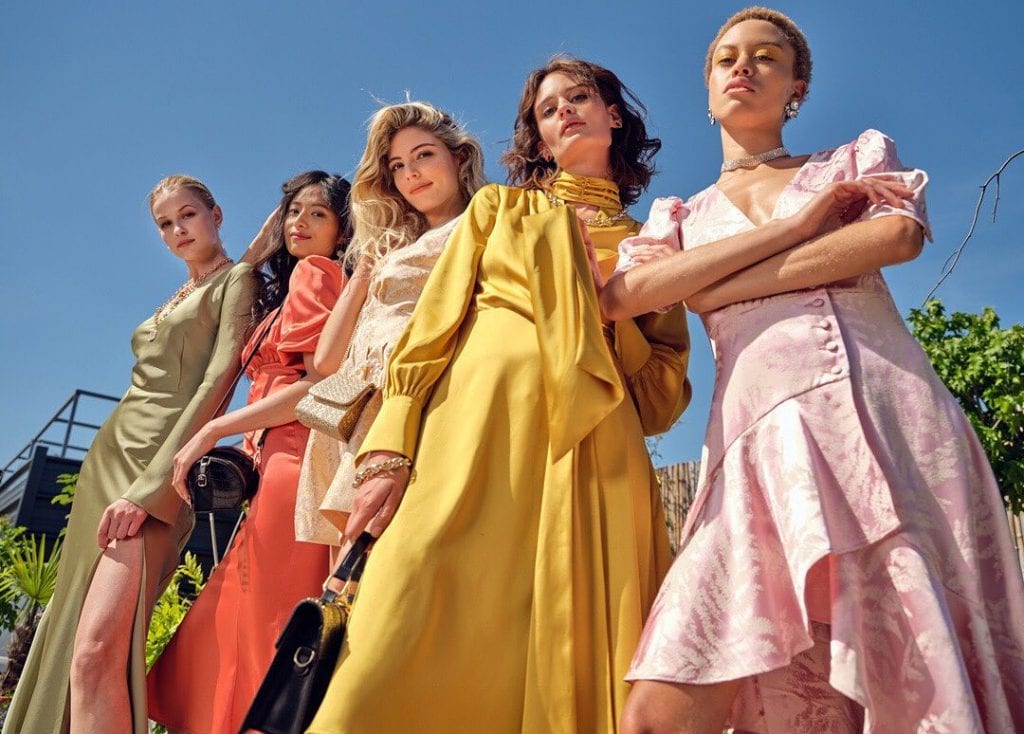In the wetlands, river gravels and dry hillsides of New Zealand grows a shrub-like plant known for its sharp-tipped leaves and flurries of fragrant, eye-catching white or pink-flushed flowers. These ever-green plants – which are native to the Trans-Tasman region and known as Leptospermum scoparium to biologists and horticulturists – are commonly known as the source of Manuka honey, the highly-regarded product celebrated for its powerful antibacterial qualities.
The high concentration of antimicrobial molecule, methylglyoxal, found in this specific type of honey – which is said to be able to repair infection-damaged tissue, quickly ease pain and inflammation, boost the immune system, and even treat acne and other skin issues – paired with celebrity shout-outs (such as those from Manuka Doctor ambassador Kourtney Kardashain) and endorsements from health care professionals have catapulted it from a local, albeit pricey, staple to a bona fide superfood with legions of international fans.
Global sales of Manuka honey are currently worth hundreds of millions of dollars each year and the in-demand product is “steadily growing as a high-value export for New Zealand,” according to the country’s Ministry for Primary Industries. New Zealand-based Comvita, for instance, which is one of the world’s top producers of Manuka honey, revealed that it brought in over $83 million in revenue for a 6 month period ending early this year, with about half of those sales coming from Chinese consumers.
One kilogram jars of the golden nectar can set you back more than $150 and people are buying. In fact, the demand is so strong – and the profitability for producers so significant – that organized crime syndicates in New Zealander have taken to engaging in widespread theft of bees and Manuka-producing hives. “This is the new gold rush,” Laurence Burkin, the manager of an apiary in New Zealand revealed in 2018, referring to the near-epidemic-rate at which “hive heists” are taking place.
Aiming to fiercely protect – and to bank on – this regionally-specific liquid gold and its burgeoning industry of exports, New Zealand-based beekeepers and Manuka producers have taken to seeking legal protections for the honey’s name.
Like Champagne, Porto wine, and Parmigiano-Reggiano cheese, which are covered by Protected Geographical Status laws (meaning that only sparkling wine that comes from the Champagne region of France, distilled spirits from the Douro Valley in the northern provinces of Portugal, and cheese from certain regions in Italy may be labelled as such), Manuka honey should be subject to protected status, they argue, making it so that only authentic New Zealand-sourced product can carry the Manuka name.
In an effort to lay claim to this budding industry, a New Zealand-based association applied for exclusive rights to use the Manuka honey name in 2016 in five countries, including New Zealand, the U.S., Britain, Australia and China, for its honey-producing members.
“The most important thing is to protect the customers. It’s crucial that Manuka honey can be authenticated and related to a territory, a climate, exactly like … Champagne,” John Rawcliffe, spokesman for the New Zealand-based Unique Manuka Factor association, which is seeking protection for the Manuka name, has said. “In a global market rife with counterfeits, the certification of our premium product, which is unique to New Zealand, would benefit us [and consumers].”

While the group’s trademark applications are facing pushback from the various national trademark offices, most of which have asserted the “Manuka honey” trademark serves to describe the product as opposed to identify the source of it, the trademark filings have spawned another – far more bitter – fight. They laid the groundwork for a multi-million dollar transnational legal war between New Zealand and its Eastern neighbor.
It turns out, the terrain of New Zealand is not the only home of the bushes that attract bees and produce the prized honey. In fact, Australian beekeepers have been quick to point out that while the Leptospermum scoparium plant may be prevalent in New Zealand, evidence suggests that the species actually originated in Australia. With this in mind, Australian beekeepers and related organizations have dismissed their Kiwi counterparts’ attempts to monopolize the wildly lucrative product.
Lindsay Bourke, a spokesperson for the Australian Honey Bee Industry Council, described the efforts by New Zealanders as “ridiculous and unfair,” especially since Australians are “growing exactly the same variety of plant.”
Trevor Weatherhead, executive director of the Council, echoed this notion, telling Bloomberg in 2016, “We have exactly the same plant that they have,” noting that Made-in-Australia Manuka is similar in quality to New Zealand Manuka. The New Zealanders, he claims, are co-opting the name to gain “a marketing edge” in connection with this buzzy and money-spinning product.
But the Kiwis have called foul, alleging that the Australian standard for Manuka honey is drastically different from its own, which includes a certain DNA marker and four chemical compounds. “Their multi-floral definition is so broad, it doesn’t have a criteria, any honey virtually in Australia could be called multi-floral Manuka,” according to Rawcliffe. The result, he says, is that the consumers are being misled.
Fast forward more than two years and the parties are still at odds, with trademark applications for registration filed by both New Zealand-based and Australian entities pending worldwide.
The Unique Manuka Factor remains optimistic, though. “It is a long journey. Scottish Whiskey I think started in 1919, it’s taken a long time [for it to earn protected geographic status]. Champagne took its time. Sadly, the law takes its time and we have to work through the process,” Rawcliffe said this summer. Meanwhile, the global phenomenon continues to grow. If properly protected – i.e., monopolized – the $220 million-plus industry that is Manuka honey is expected to double within the next 10 years. Hence, the global fight between entities in New Zealand and Australia to call it their own.











